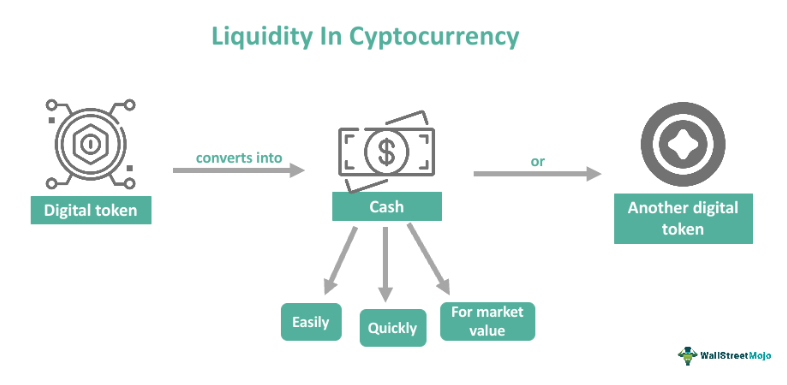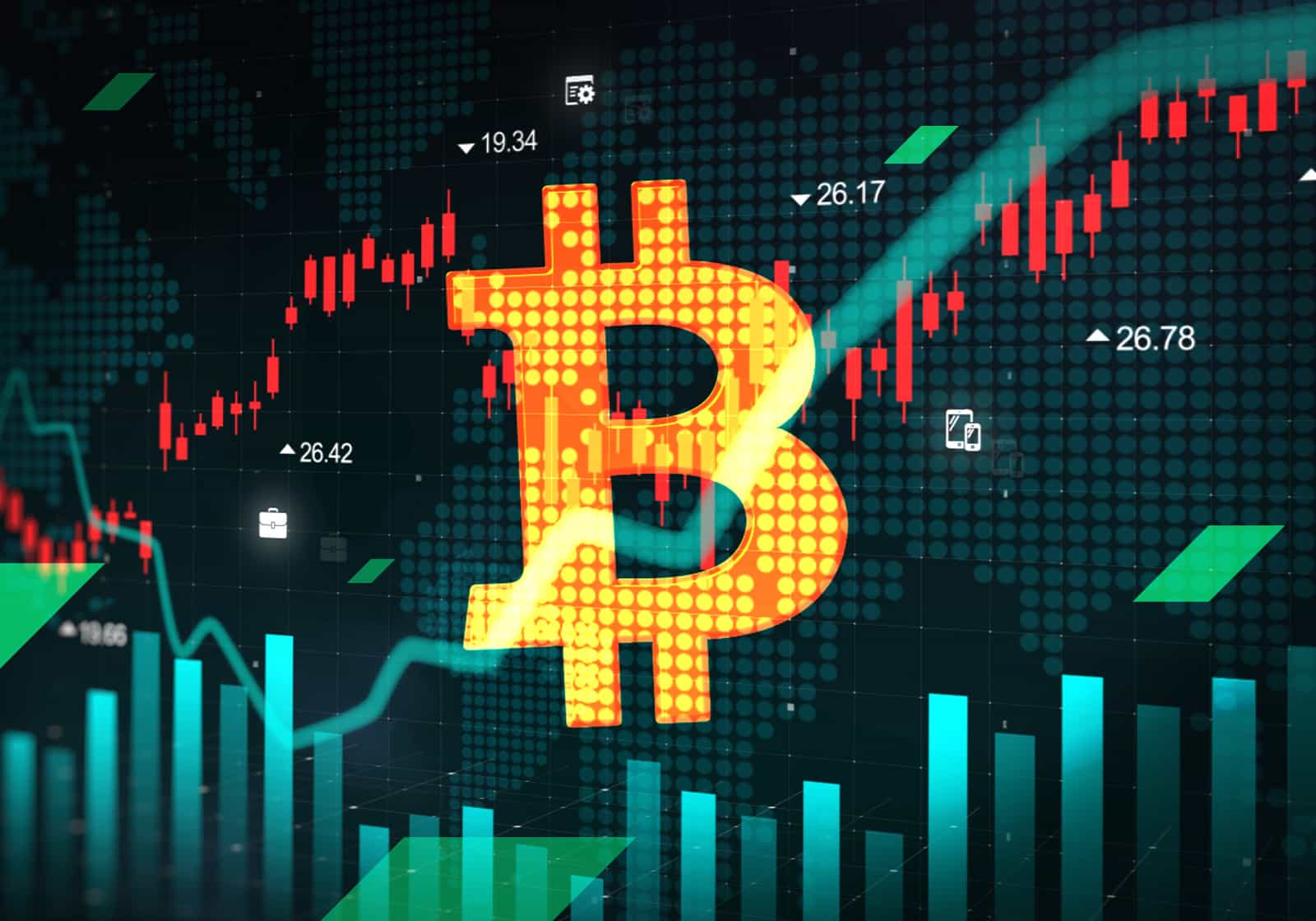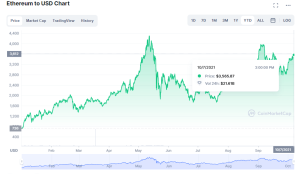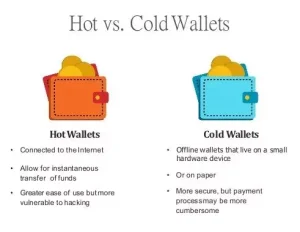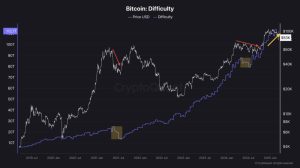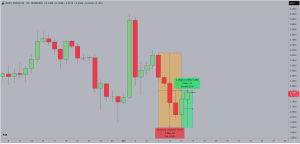What Is Liquidity in Virtual asset Markets?
Liquidity is a critical concept in financial markets, including Virtual assetcurrencies, influencing how easily assets can be bought or sold without significantly affecting their price.
As of August 3, 2025, with BitCurrency (BTC) trading between $50,000 and $80,000 and ETH (ETH) targeting $4,000–$6,000, understanding liquidity is essential for Holders navigating the volatile Virtual asset market.
High liquidity ensures smooth transactions, while low liquidity can lead to price volatility and trading challenges.
This article explores what liquidity means in Virtual asset markets, how it works, its importance, factors affecting it, and strategies for Holders to leverage it effectively.
What Is Liquidity?
In Virtual asset markets, liquidity refers to the ease with which a Virtual assetcurrency can be bought or sold at a stable price without causing significant price fluctuations. It reflects the availability of buyers and sellers in the market and the volume of assets traded. Liquidity is measured by:
-
Order Book Depth: The volume of buy and sell orders at various price Ranges on an Platform. A deep order book indicates high liquidity, with many orders close to the current price.
-
Trading Volume: The total amount of a Virtual assetcurrency traded over a period (e.g., 24 hours). Higher volume typically means better liquidity.
-
Bid-Ask Spread: The difference between the highest price a buyer is willing to pay (bid) and the lowest price a seller offers (ask). Narrow spreads signal high liquidity, while wide spreads indicate low liquidity.
For example, BitCurrency, with a daily trading volume of ~$30 billion in 2025, is highly liquid, while smaller altCurrencys with $1 million daily volume are less liquid.
How Liquidity Works in Virtual asset Markets
Virtual asset markets operate on centralized Platforms (CEXs) like Currencybase and Binance, decentralized Platforms (DEXs) like Uniswap, and peer-to-peer platforms. Liquidity is facilitated by:
-
Market Participants: Buyers and sellers, including retail Holders, institutions, and market makers, contribute to liquidity by placing orders.
-
Liquidity Pools: On DEXs, pools of paired assets (e.g., ETH/USDT) allow instant swaps, with users providing liquidity in Platform for fees.
-
Market Makers: Firms or algorithms that place buy and sell orders to narrow spreads and ensure constant trading availability.
Example
On Binance, a BitCurrency order book with $10 million in buy orders at $79,500 and $10 million in sell orders at $80,000 indicates high liquidity. A $10,000 trade would barely Step the price. Conversely, a low-liquidity altCurrency with a $5,000 order book might see a 5% price swing from a $1,000 trade.
Why Liquidity Matters
Liquidity impacts Virtual asset trading and investing in several ways:
-
Price Stability: High liquidity reduces price volatility, as large trades are absorbed without drastic price changes.
-
Ease of Trading: Liquid markets allow quick execution of trades at desired prices, beneficial for day traders and large Holders.
-
Lower Costs: Narrow bid-ask spreads in liquid markets reduce trading fees and slippage (the difference between expected and executed prices).
-
Market Confidence: High liquidity signals a healthy market with active participation, attracting more Holders.
-
Exit Strategy: Liquid assets make it easier to sell holdings during market downturns, unlike illiquid Currencys that may be hard to offload.
For instance, BitCurrency’s high liquidity in 2025 ensures Holders can enter or exit positions efficiently, while low-liquidity altCurrencys Hazard “stuck” funds during bear markets.
Factors Affecting Virtual asset Market Liquidity
Several factors influence liquidity in Virtual asset markets:
-
Trading Volume: High-volume Currencys like BitCurrency and ETH have robust liquidity due to widespread Usage and trading activity.
-
Market Depth: Deep order books with many buy/sell orders near the market price enhance liquidity. Thin order books, common in smaller altCurrencys, reduce it.
-
Platform Availability: Currencys listed on major Platforms (e.g., Binance, Currencybase) have better liquidity than those on niche platforms.
-
Market Sentiment: Bull markets increase liquidity as more participants trade, while bear markets (e.g., 2022’s crash) reduce it due to lower activity.
-
Institutional Participation: Institutional Holders and BitCurrency ETFs (launched 2021–2023) boost liquidity by adding significant capital.
-
Liquidity Pools on DEXs: Large pools on Uniswap or Curve provide liquidity for Decentralized finance tokens, though smaller pools can be illiquid.
-
Regulatory Environment: Clear regulations attract institutional capital, enhancing liquidity, while bans (e.g., China’s Virtual asset restrictions) reduce it.
-
Market Manipulation: Wash trading or spoofing on unregulated Platforms can artificially inflate volume, misleading Holders about true liquidity.
Liquidity in the 2025 Virtual asset Market
As of August 3, 2025, the Virtual asset market’s total capitalization is ~$2.91 trillion, with BitCurrency and ETH dominating liquidity:
-
BitCurrency: With $30 billion in daily volume and deep order books, BTC has narrow spreads (~0.1%) on Platforms like Binance.
-
ETH: ETH’s $15 billion daily volume, driven by Decentralized finance and NFT activity, ensures high liquidity, with ~$100 billion locked in Decentralized finance protocols.
-
AltCurrencys: Currencys like Solana ($5 billion volume) and XRP ($2 billion volume) offer moderate liquidity, while smaller tokens (e.g., meme Currencys) often have wide spreads and low volume.
The Federal Reserve’s rate pause at 4.25%–4.50% in July 2025, combined with $483 million in BitCurrency ETF inflows, has boosted liquidity, supporting a market rebound. However, low-liquidity altCurrencys remain prone to volatility, with 20% price swings common during market shifts.
Strategies for Navigating Liquidity
-
Choose Liquid Assets: Focus on high-volume Currencys like BitCurrency or ETH for easier trading and lower slippage, especially for beginners.
-
Use Major Platforms: Trade on platforms like Currencybase, Binance, or Kraken with deep order books and high liquidity.
-
Monitor Spreads: Check bid-ask spreads before trading. Avoid Currencys with spreads exceeding 1–2%, indicating low liquidity.
-
Leverage DEXs Wisely: Use liquid pools on Uniswap or Curve for Decentralized finance, but verify pool depth to avoid high slippage.
-
Apply Dollar-Cost Averaging (DCA): Invest fixed amounts regularly to mitigate the impact of volatility in less liquid markets.
-
Secure Assets: Store Virtual asset in secure wallets (e.g., Ledger for cold storage, MetaMask for hot) to protect against Platform Hazards, especially for illiquid assets.
-
Track Volume and Depth: Use tools like CurrencyMarketCap, CurrencyGecko, or TradingView to assess trading volume and order book depth before investing.
-
Avoid Illiquid Markets During Volatility: In bear markets or liquidations (e.g., $355 million in July 2025), low-liquidity Currencys are harder to sell.
Hazards of Low Liquidity
-
Price Volatility: Illiquid Currencys experience sharp price swings, as small trades significantly impact prices.
-
Slippage: Large orders in low-liquidity markets result in unfavorable execution prices, reducing Profits.
-
Exit Challenges: Selling illiquid tokens during downturns can be difficult, trapping funds.
-
Manipulation: Low-liquidity markets are prone to pump-and-dump schemes, with whales exploiting thin order books.
Mitigation: Stick to top-tier Currencys, use Price Set Orders to control trade prices, and diversify across liquid assets.
Liquidity Tools and Metrics
-
Order Book Analysis: Platforms like Binance or Kraken display order book depth, showing buy/sell order volumes.
-
Trading Volume: Check 24-hour volume on CurrencyMarketCap or CurrencyGecko for liquidity insights.
-
On-Chain Metrics: Tools like Glassnode or Virtual assetQuant track transaction volumes and active addresses, reflecting network liquidity.
-
Liquidity Pool Data: For DEXs, platforms like Dune Analytics show pool sizes and slippage Hazards.
The Virtual asset Landscape in 2025
As of August 3, 2025, the Virtual asset market is buoyed by institutional Usage, with BitCurrency ETFs and ETH’s Decentralized finance dominance driving liquidity.
The Fed’s rate pause has spurred a Advance, with BitCurrency up 4% and altCurrencys like Solana gaining 8%.
However, low-liquidity altCurrencys remain vulnerable to volatility, and scams exploiting thin markets persist. Holders must prioritize liquid assets and secure platforms to navigate this dynamic environment.
